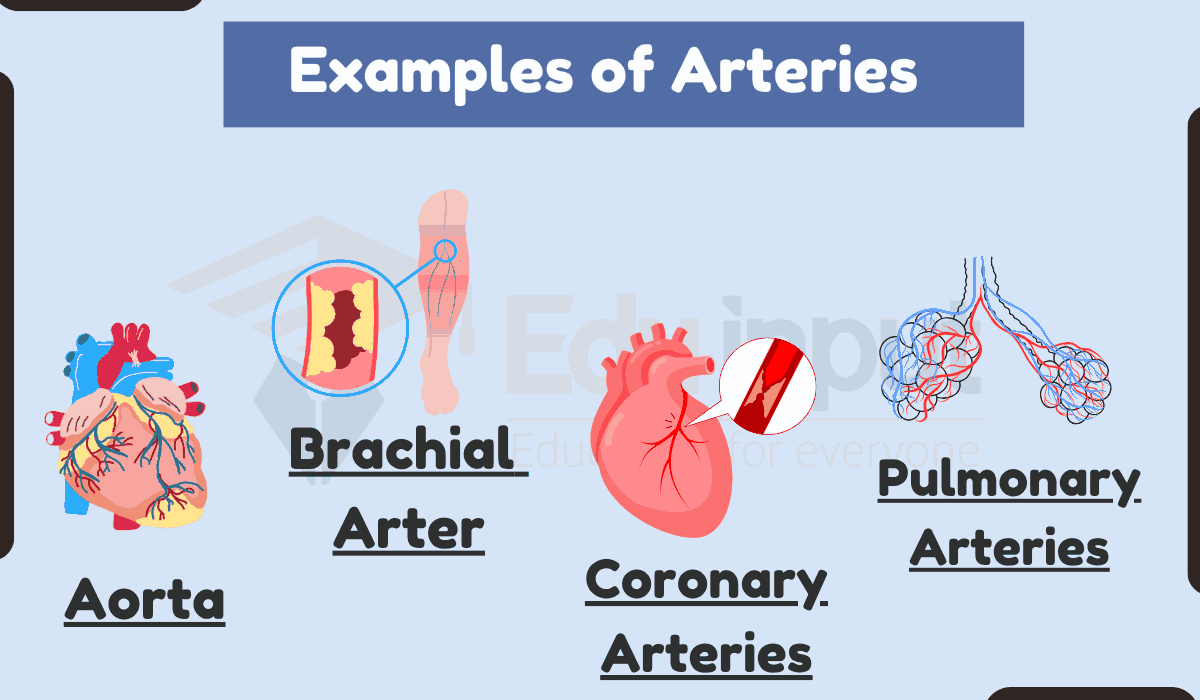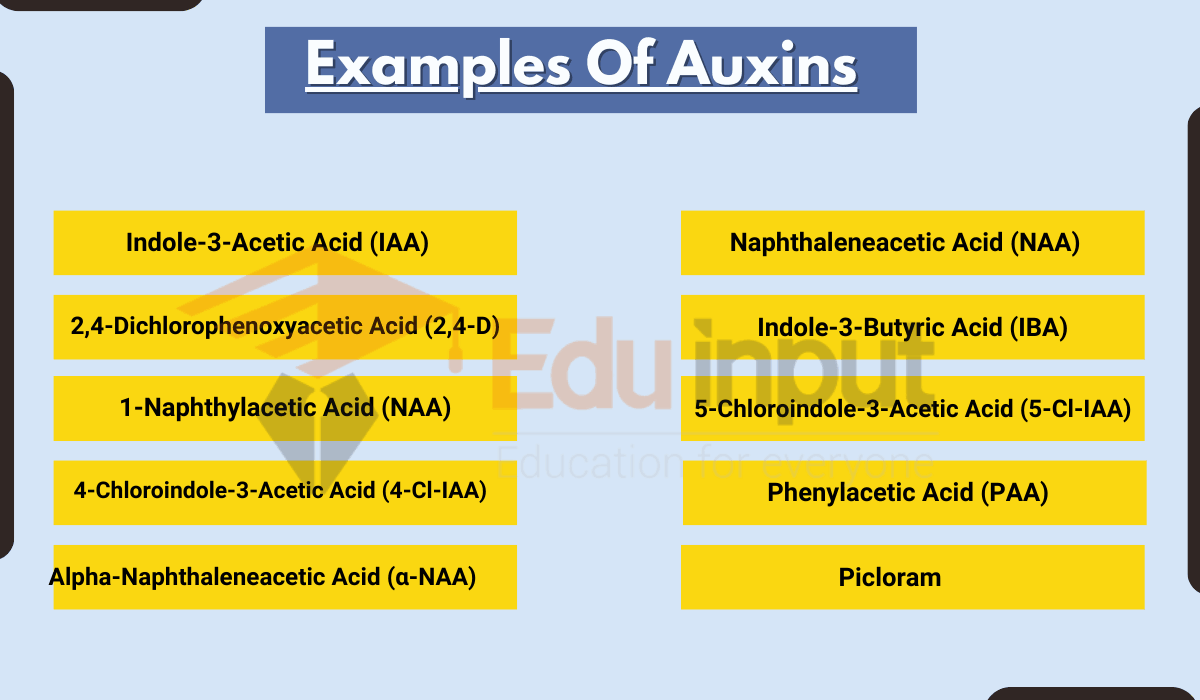8 Examples of Receptors
September 21, 2023
Receptors are specialized molecules or structures in cells and tissues that can detect and respond to specific signals or stimuli.
Sensory receptors, hormone receptors, olfactory receptors, and Neurotransmitters are a few examples of receptors.
Examples of Receptors
Here are some common examples of receptors:
1. Sensory Receptors
- Photoreceptors are example of sensory receptor. They are found in the retina of the eye, photoreceptors like rods and cones detect light and enable vision.
- Mechanoreceptors are also one of the most important example of sensory receptors. These receptors respond to mechanical forces and are found in the skin (for touch), inner ear (for hearing and balance), and muscles (for proprioception).
- Thermoreceptors are sensory receptors that are found in the skin and hypothalamus. They detect temperature changes and help regulate body temperature.
- Chemoreceptors are example pf sensory receptors that are found in the taste buds (for taste) and in the carotid arteries and aorta (for blood gas levels), chemoreceptors respond to chemical stimuli.
2. Hormone Receptors
- Insulin Receptors are example of hormone receptors that are located on the surface of target cells. Insulin receptors bind to insulin and regulate glucose uptake.
- Thyroid Hormone Receptor are found in many tissues and play a role in metabolism and development.
- Estrogen Receptor are present in various tissues and mediate the effects of estrogen, a female sex hormone.
3. Neurotransmitter Receptors
- Dopamine Receptor are found in the brain. They are involved in mood regulation and reward pathways.
- Serotonin Receptor are important in mood, sleep, and appetite regulation.
- Acetylcholine Receptor are located at neuromuscular junctions and mediate muscle contraction.
4. Antigen Receptors
- B Cell Receptor (BCR) are one of the example of antigen receptor. They are found on the surface of B lymphocytes and bind to antigens, initiating the immune response.
- T Cell Receptor (TCR) are receptors found on the surface of T lymphocytes and recognize antigens presented by antigen-presenting cells.
5. Olfactory Receptors
Olfactory receptors in the nasal epithelium detect odor molecules and are responsible for the sense of smell.
6. Pain Receptors (Nociceptors)
- Nociceptors are example of specialized sensory receptors that detect painful stimuli, such as heat, pressure, or chemicals, and transmit pain signals to the brain.
7. Nuclear Receptors
- Androgen Receptor: Androgen receptors bind to androgens like testosterone and play a role in male sexual development and function.
- Glucocorticoid Receptor: Glucocorticoid receptors respond to cortisol and regulate various metabolic processes and the stress response.
8. Toll-Like Receptors (TLRs)
- Toll-Like Receptors are a family of receptors that play a key role in the innate immune response by recognizing pathogen-associated molecular patterns (PAMPs).
File Under:

 written by
written by 



Leave a Reply